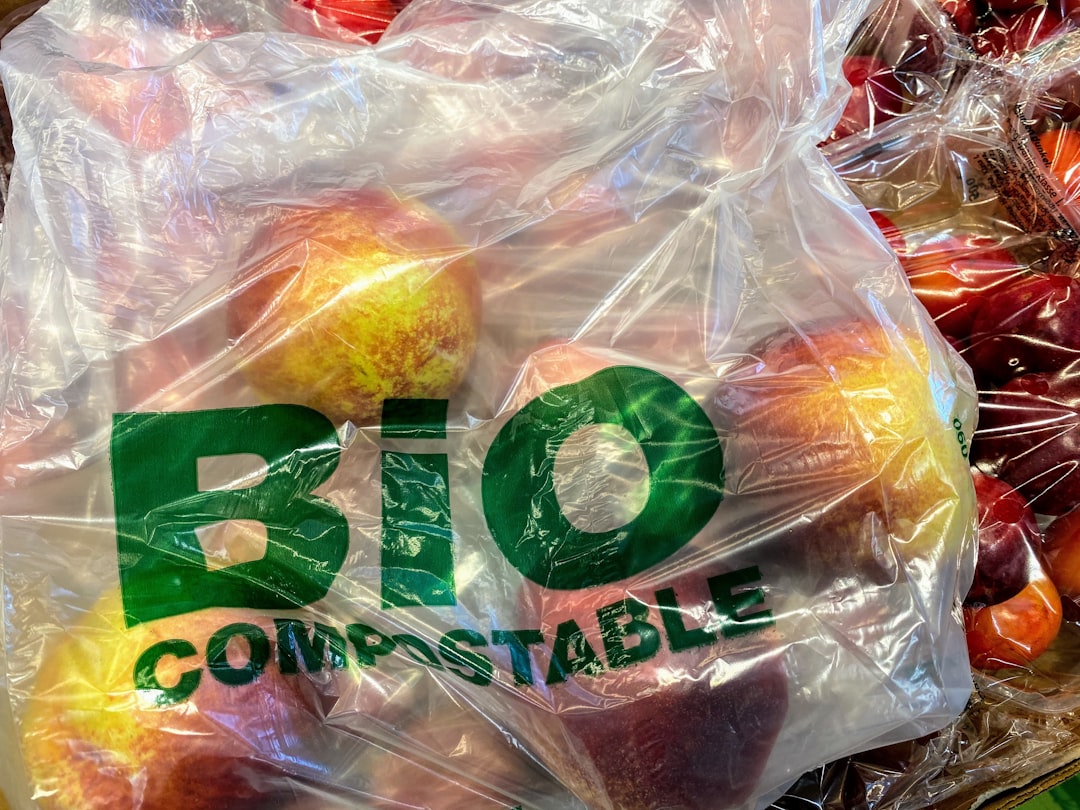Composting is one of the simplest yet most impactful ways to recycle organic waste and enrich your soil with nutrient-dense material. Whether you’re a seasoned gardener or just starting your sustainability journey, understanding the key components of composting is essential. The success of your compost pile hinges on four vital ingredients: greens, browns, air, and water. Here’s a closer look at each component and how to balance them for optimal results.
1. Greens: The Nitrogen Source
Greens are materials rich in nitrogen, a critical element that fuels the microbial activity responsible for breaking down organic matter. Common green materials include:
-
Fruit and vegetable scraps
-
Grass clippings
-
Coffee grounds
-
Manure (from non-meat-eating animals)
Nitrogen helps microorganisms grow and multiply, accelerating the decomposition process. However, too much nitrogen can cause your compost pile to become soggy and emit unpleasant odors. Aim to balance greens with the next essential component—browns.
2. Browns: The Carbon Source
Browns provide the carbon that microorganisms need as an energy source. They help create the structure of your compost pile, allowing air to flow freely. Common brown materials include:
-
Dry leaves
-
Straw or hay
-
Cardboard and paper (non-glossy and non-colored)
-
Small branches and twigs
A good rule of thumb is to aim for a ratio of about 2-3 parts browns to 1 part greens. This balance ensures your compost remains aerated and decomposes effectively without becoming too compacted or smelly.
3. Air: The Breath of Life
Aeration is crucial for maintaining a healthy compost pile. The microorganisms responsible for decomposition require oxygen to thrive and break down materials efficiently. Without adequate airflow, your compost can turn anaerobic, leading to unpleasant odors and slower decomposition.
Here are some tips to keep your compost pile well-aerated:
-
Turn the pile regularly with a pitchfork or compost aerator.
-
Avoid compacting the pile by adding coarse materials like small branches or straw.
-
Ensure the pile is not overly wet, as excess moisture can limit air circulation.
4. Water: The Moisture Balance
Moisture is another essential ingredient for composting. The microbes in your pile need water to survive and do their work. However, too much water can create an anaerobic environment, while too little will slow down the decomposition process.
Your compost pile should feel like a damp sponge—moist but not dripping. If your pile is too dry, add water gradually while mixing the materials. If it’s too wet, incorporate more browns like dry leaves or shredded cardboard to absorb the excess moisture.
Achieving the Perfect Balance
The art of composting lies in achieving the right balance between greens, browns, air, and water. If you’re noticing issues like foul smells, slimy textures, or slow decomposition, it’s likely that one or more of these components is out of balance. Here are some troubleshooting tips:
-
Odors: Likely caused by too many greens or insufficient aeration. Add more browns and turn the pile.
-
Dry and Slow: Add more water and greens to boost microbial activity.
-
Soggy: Mix in dry browns to absorb moisture and improve airflow.
Why Composting Matters
Composting not only reduces waste sent to landfills but also produces a valuable soil amendment that can improve plant health and productivity. By mastering the balance of greens, browns, air, and water, you can create high-quality compost that benefits both your garden and the environment.
Start Composting Today
Whether you’re using a backyard compost bin, a pile, or a more advanced system like a tumbler, the principles remain the same. Start collecting your greens and browns, monitor the moisture and aeration, and watch as your organic waste transforms into rich, dark compost. With a little practice, you’ll be turning kitchen scraps and yard waste into “black gold” in no time.

Comments
No comments yet. Be the first to comment!
You must be logged in to comment. Login